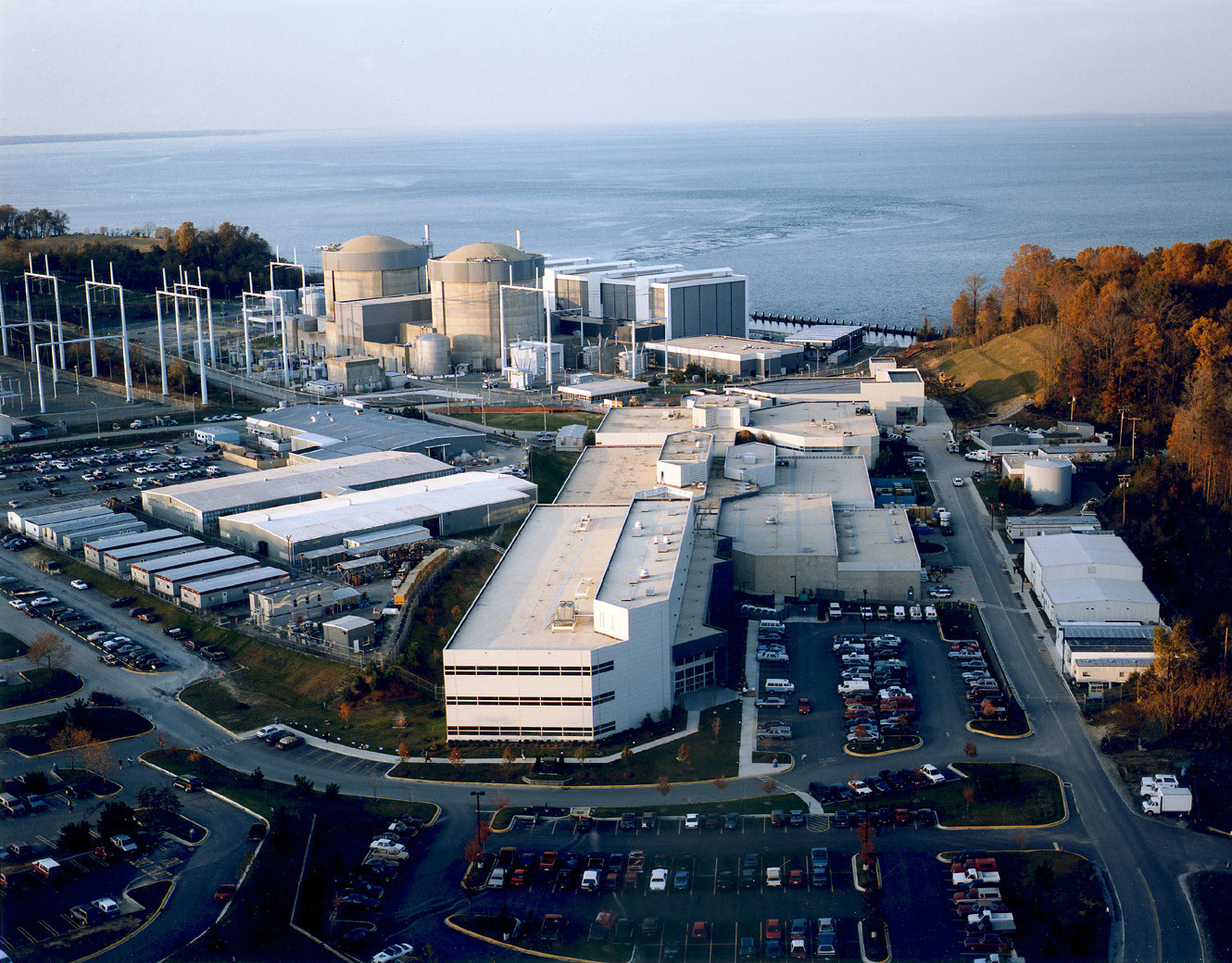Early Analysis Shows Md. Air Quality Improving During Pandemic
This should come as no surprise, but preliminary data collected by the Maryland Department of the Environment (MDE) and other government agencies show that air quality in the state has improved since the outbreak of COVID-19 and the imposition of stay-at-home orders.
Starting in early March, the state began using traffic, satellite, air quality, greenhouse gas and other data to analyze how reduced traffic and other changes
linked to social distancing during the COVID-19 pandemic are affecting pollutants that contribute to poor air quality and climate change. The goal of the research, according to an early MDE analysis obtained by Maryland Matters, “is to help inform policymakers working on efforts to further improve air quality and to reduce GHGs.”
While the analyses are still in a very early stage of development and it is not yet possible to draw definitive
conclusions, “the data,” a state document says, “is extremely interesting.”
So far, traffic in the state is down considerably — with only about half as many light-duty vehicles recorded on Interstate 95 as usual. The numbers of semi-truck and large
diesel vehicle traffic is relatively unchanged, however.
Satellite data indicates that air pollution levels should likely be lower. Traffic data and other data suggest greenhouse gas emissions are also lower.
Traffic counts show two clear phases associated with Maryland policies on mandatory telework and shelter-in-place. Over that same time period, truck traffic
had an initial, minor increase for a week. Truck numbers have been dropping since then, but by only a smaller percentage.
Very preliminary analysis of Continuous Emissions Monitoring (CEM) data indicates that both carbon dioxide (CO2) and nitrogen oxide (NOx) emissions from a small
sample of power plants were down in March. For the small sample of units examined, NOx and CO2 emissions were down about 40% and 10% respectively. NOx is a critical emission associated with ozone and fine particle air
pollution. CO2 is the most significant GHG emission linked to climate change.
The next update of what is being learned from “this accidental experiment,” as an MDE document calls it, will be
released in late May. The studies should have additional data then.




 Creative Commons Attribution
Creative Commons Attribution